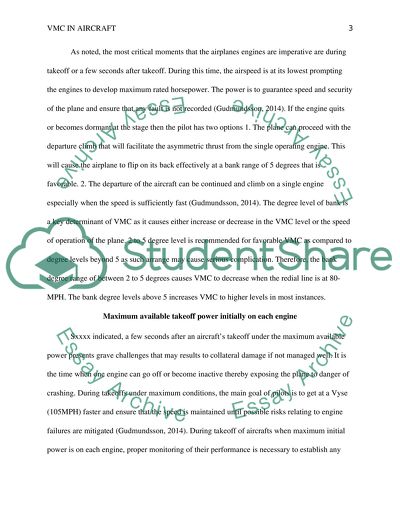Cite this document
(“Aerodynamics Essay Example | Topics and Well Written Essays - 1500 words”, n.d.)
Aerodynamics Essay Example | Topics and Well Written Essays - 1500 words. Retrieved from https://studentshare.org/miscellaneous/1688010-aerodynamics
Aerodynamics Essay Example | Topics and Well Written Essays - 1500 words. Retrieved from https://studentshare.org/miscellaneous/1688010-aerodynamics
(Aerodynamics Essay Example | Topics and Well Written Essays - 1500 Words)
Aerodynamics Essay Example | Topics and Well Written Essays - 1500 Words. https://studentshare.org/miscellaneous/1688010-aerodynamics.
Aerodynamics Essay Example | Topics and Well Written Essays - 1500 Words. https://studentshare.org/miscellaneous/1688010-aerodynamics.
“Aerodynamics Essay Example | Topics and Well Written Essays - 1500 Words”, n.d. https://studentshare.org/miscellaneous/1688010-aerodynamics.


